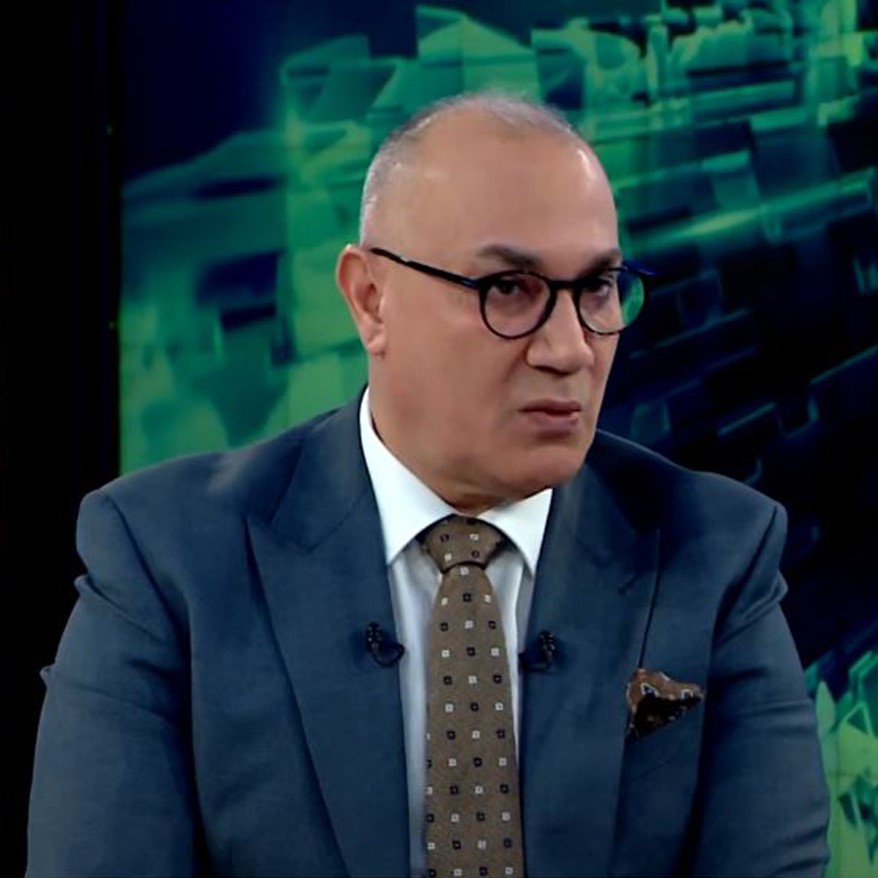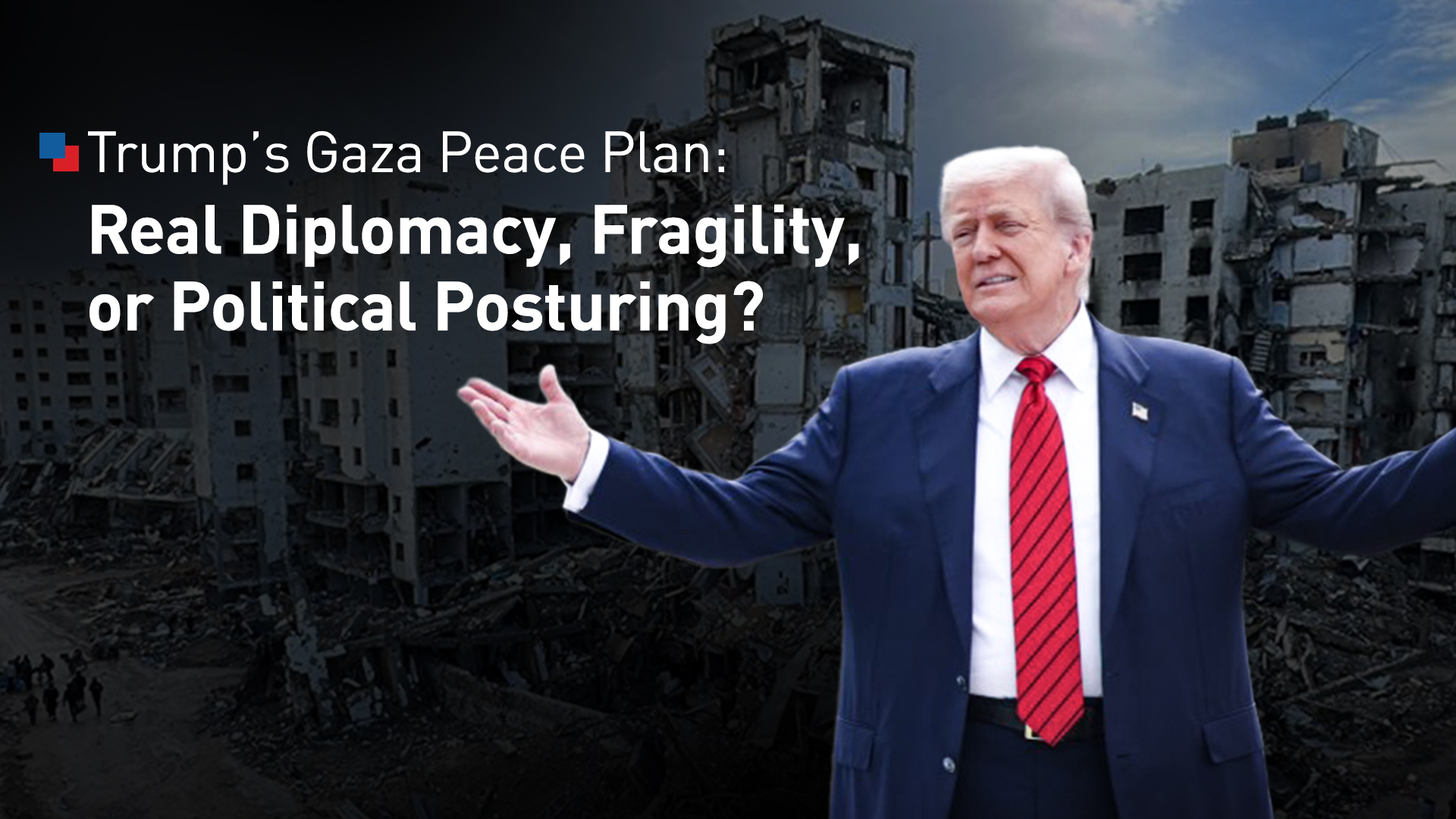
Mohammed Ihsan
Writer
Trump’s Gaza Peace Plan: Real Diplomacy, Fragility, or Political Posturing?
His statements carry influence, especially among some in the Israeli right-wing political establishment, but they also highlight the unusual dynamics of a U.S. leader acting as an unofficial mediator in a live conflict.

As the war in Gaza continues with devastating humanitarian consequences and no durable ceasefire in sight, President Donald Trump has re-emerged with an ambitious and controversial peace proposal. Marketed as a 21-point roadmap to end the Israel–Hamas conflict, Trump’s plan includes an immediate halt to hostilities, hostage exchanges, and a post-conflict governance framework for Gaza.
But is this a genuine attempt at diplomacy, or part of a broader effort by Trump to reestablish his global influence, and perhaps position himself as a contender for the Nobel Peace Prize?
President Trump’s proposal is notable in both scope and timing. It calls for a rapid ceasefire, the exchange of Israeli hostages for Palestinian prisoners, and the dismantling of Hamas’s military infrastructure.
More boldly, it envisions a transitional governing body for Gaza under international oversight, possibly chaired by Trump himself, with a stabilization force to manage security and reconstruction.
For a conflict that has defied resolution for decades, these proposals represent a dramatic intervention. And perhaps unsurprisingly, they bear all the hallmarks of Trump’s political style: bold framing, hard deadlines, and headline-driven diplomacy.
Yet beneath the surface, the plan faces serious obstacles.
The Political and Strategic Gaps
While Hamas has reportedly agreed in principle to the hostage exchange, its willingness to fully disarm or relinquish power remains deeply uncertain. Trump’s public deadlines, demanding full acceptance by a specific hour, might play well in media cycles but have little credibility in actual peace negotiations.
On the Israeli side, Prime Minister Netanyahu has responded cautiously. While parts of the plan align with Israel’s immediate goals, such as the release of hostages and the removal of Hamas, other aspects, particularly the proposed international governance structure, are unlikely to gain full Israeli endorsement.
Meanwhile, airstrikes in Gaza have continued, even after President Trump publicly called on Israel to halt bombing.
The contradiction here is clear: Trump is attempting to influence military and political decisions at the highest levels. His statements carry influence, especially among some in the Israeli right-wing political establishment, but they also highlight the unusual dynamics of a U.S. leader acting as an unofficial mediator in a live conflict.
An Image Boost — But for Whom?
This raises a critical question: Is Trump’s peace plan more about Gaza, or more about Trump?
With the U.S. political scene heating up and the President’s re-entry into Middle East diplomacy seems timed to serve more than one agenda. Positioning himself as a “peacemaker” could bolster his international image and create a contrast with the current U.S. administration, which has taken a more cautious approach to the Gaza conflict.
In a region already familiar with stalled peace initiatives and shifting alliances, many will view this proposal with skepticism, not because diplomacy isn’t needed, but because motives matter.
Without full support from Israeli and Palestinian leadership, and without a clear enforcement mechanism, even the most detailed plan will remain theoretical.
A Moment of Opportunity?
Dismissing the Trump plan outright would overlook an important development: it has helped refocus global attention on the urgent need for a ceasefire and a path forward.
In diplomacy, the initiation of dialogue is sometimes a victory in itself. Despite its flaws and political overtones, President Trump’s proposal has prompted renewed engagement, including indirect talks between Israel and Hamas, and reinvigorated discussion among key regional and international actors.
For the people of Gaza, for the families of hostages, and for a region weary of repeated conflict, any initiative that opens space for de-escalation deserves careful consideration. But progress must be grounded in realistic expectations, not rhetoric.
If this proposal is to lead to lasting impact, it will require what past efforts often lacked, and what Trump has at times resisted: collaboration, compromise, and a willingness to allow others a meaningful role in shaping the outcome.
Conclusion:
President Trump’s peace proposal for Gaza reflects a mix of bold ambition and strategic intent. While it may not provide all the answers, it could serve as a starting point for dialogue if approached with openness by all parties.
Its true impact will depend on whether it can move beyond symbolic gestures to foster meaningful, inclusive engagement.
Ultimately, the success of the initiative hinges not only on the proposal itself but also on the willingness of all stakeholders to engage in serious dialogue and to prioritize long-term stability over short-term optics.
Without that commitment, it risks becoming yet another high-profile moment in a long history of stalled peace efforts.
Meanwhile, the humanitarian crisis in Gaza remains urgent. Regardless of political agendas or diplomatic strategies, the suffering of civilians must remain at the forefront of international concern.
That, above all, should guide any genuine effort toward lasting peace.
The path ahead demands more than proposals; it requires sustained commitment, humility, and a shared vision for peace that transcends politics.